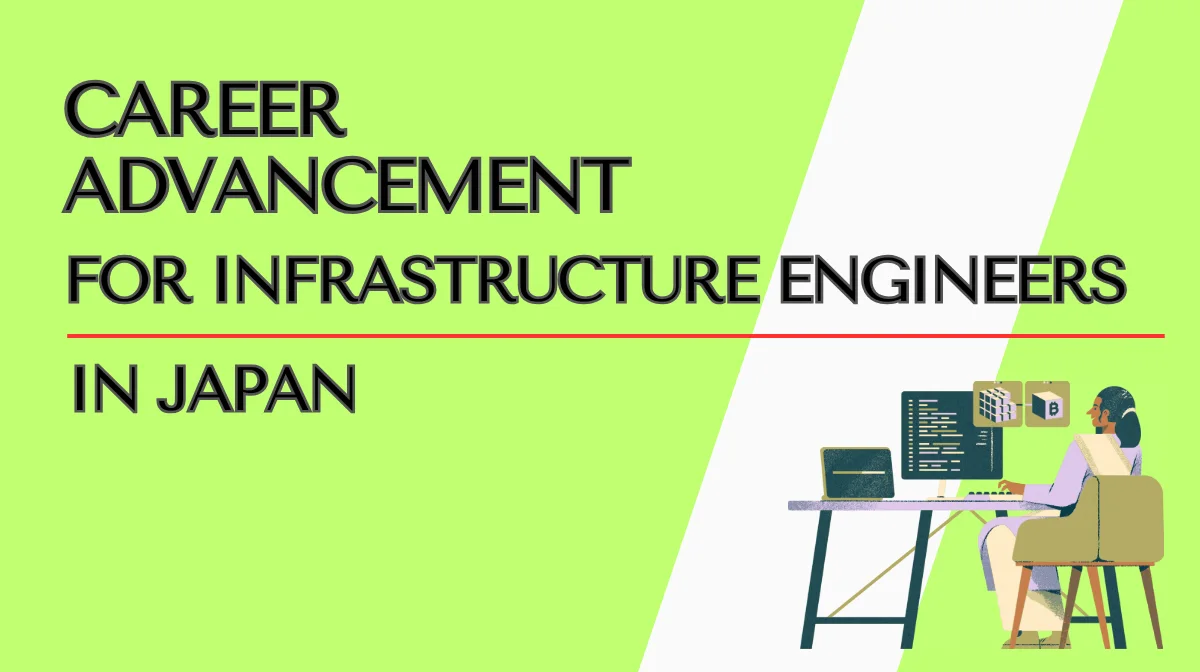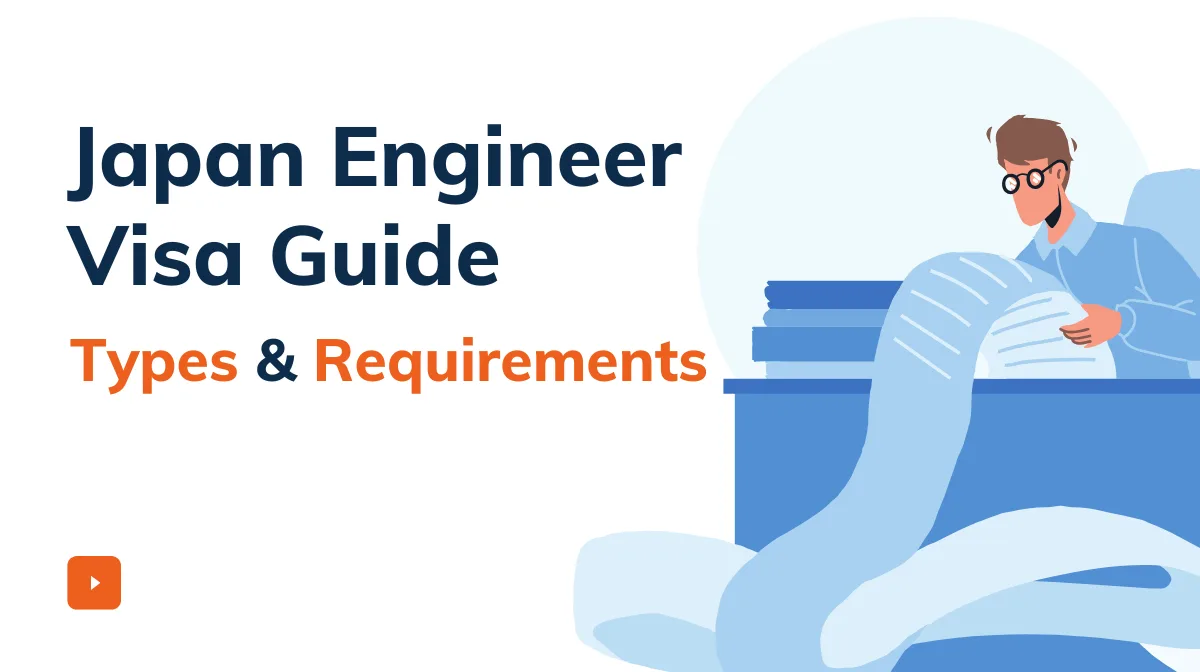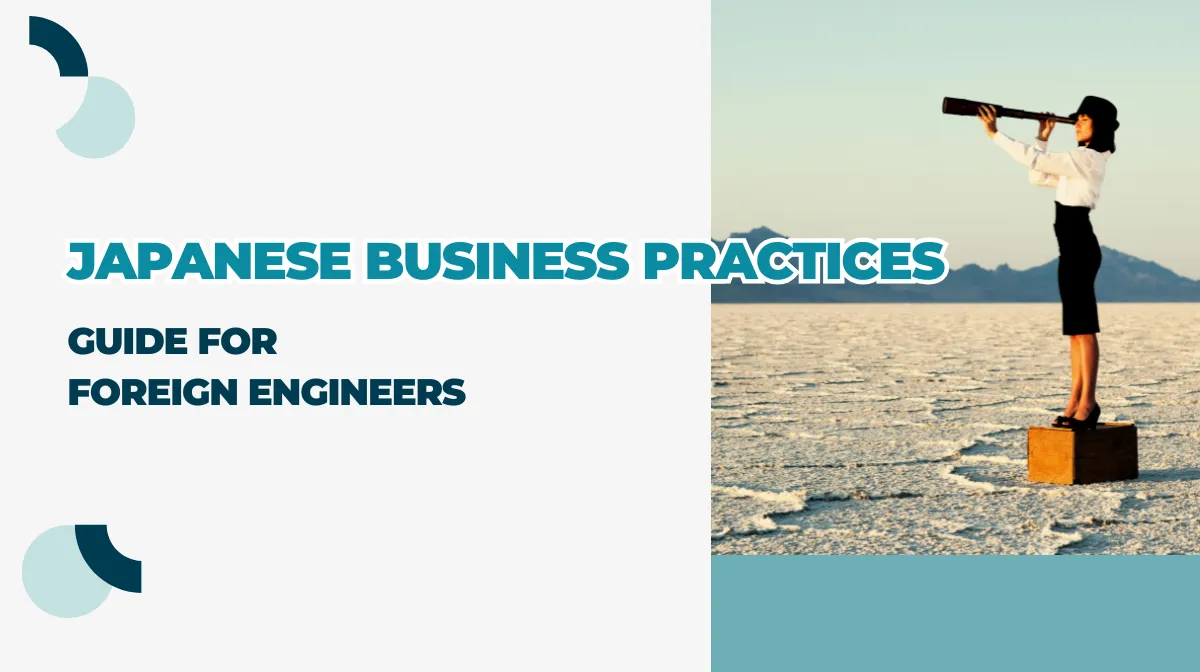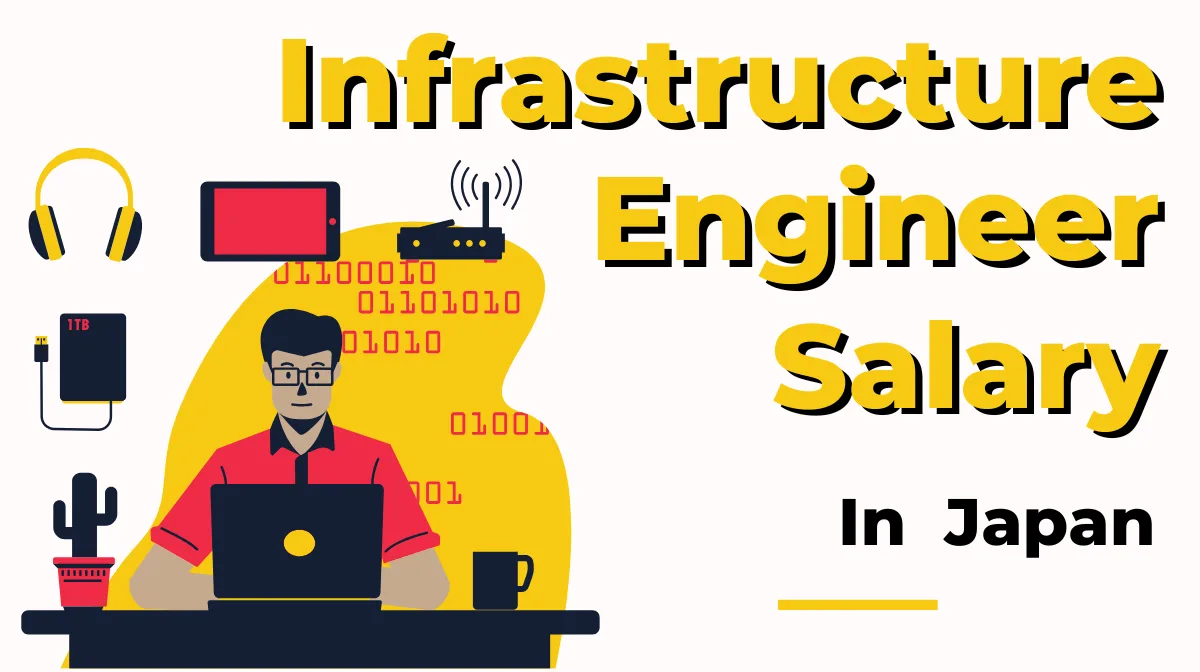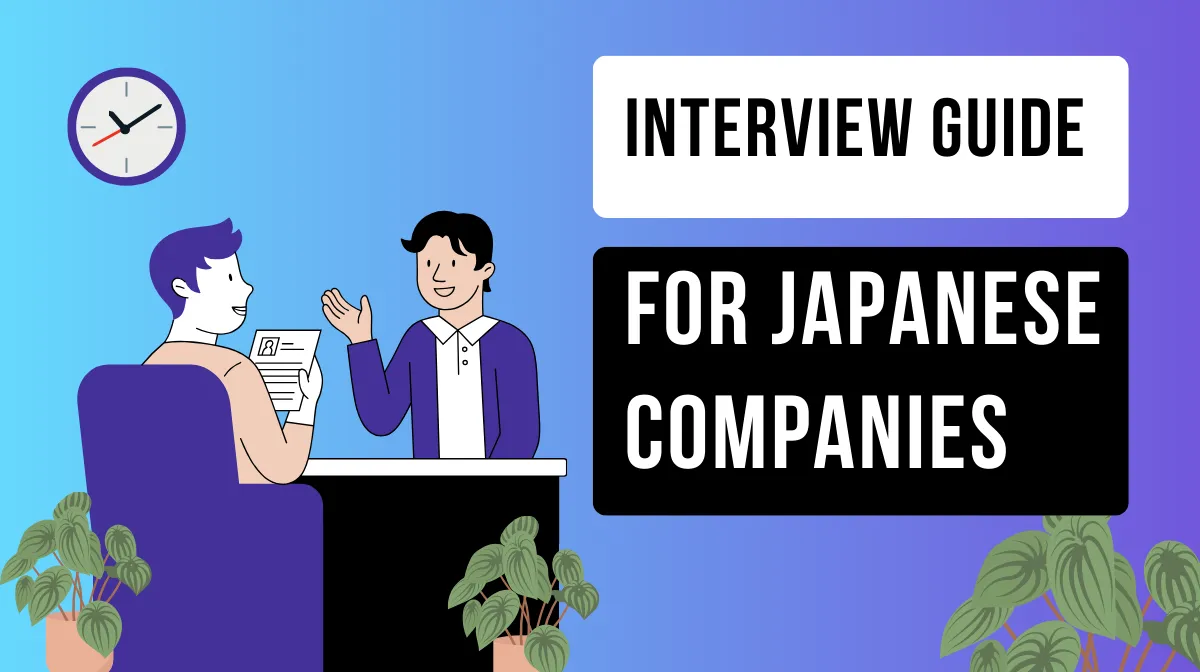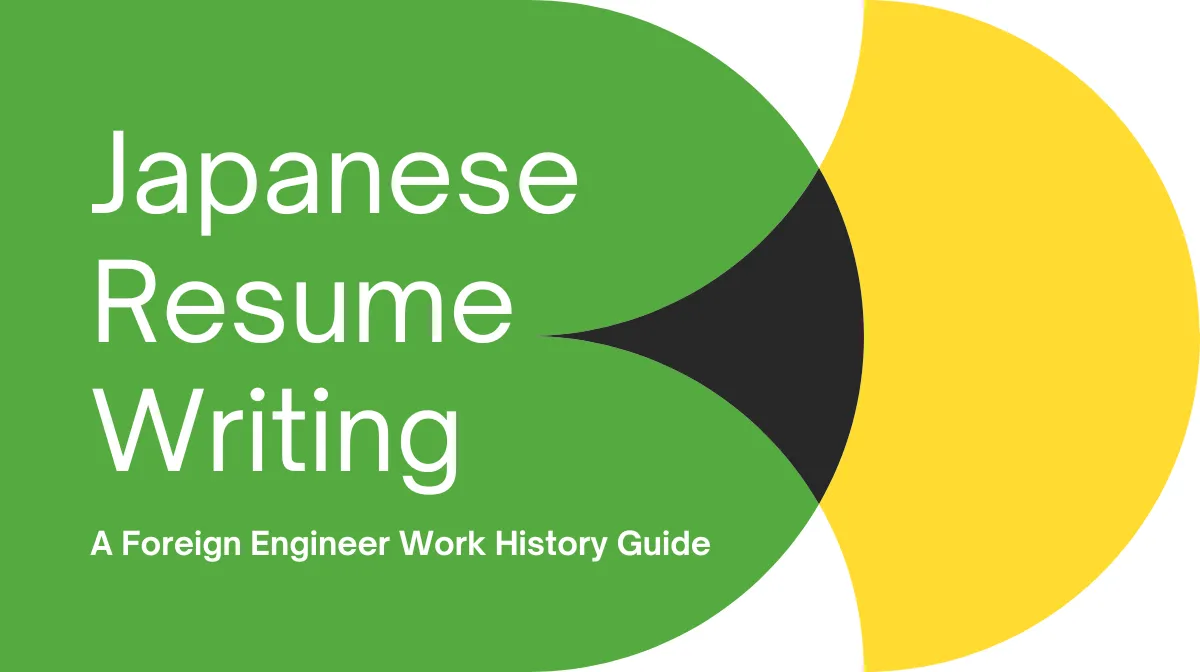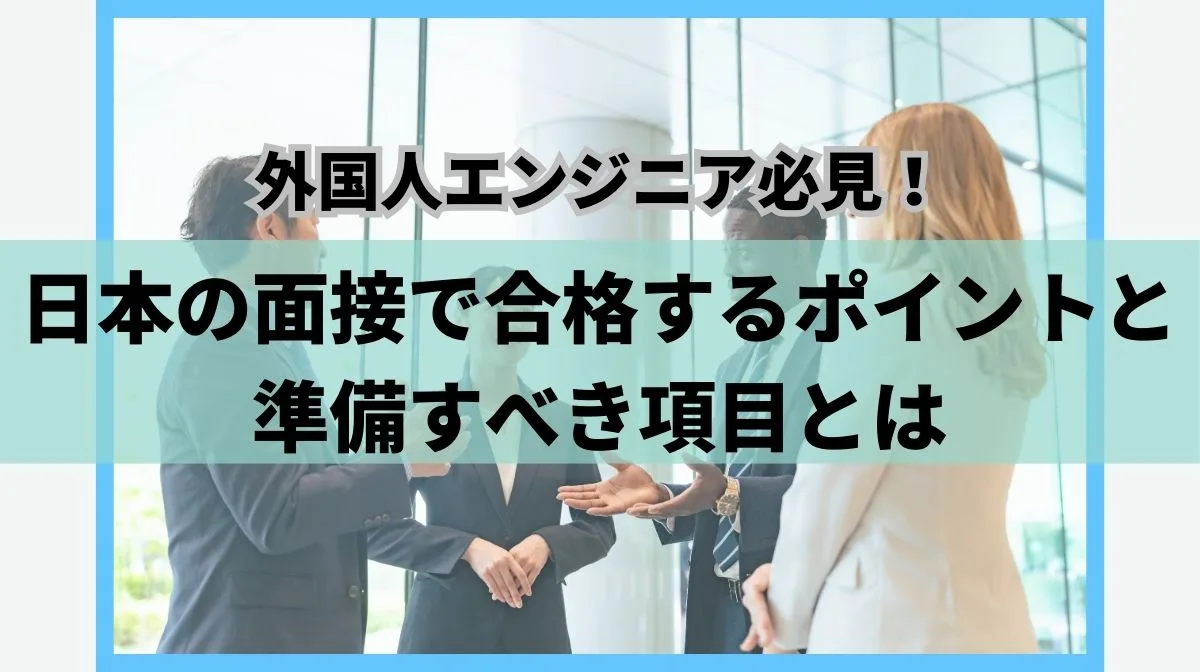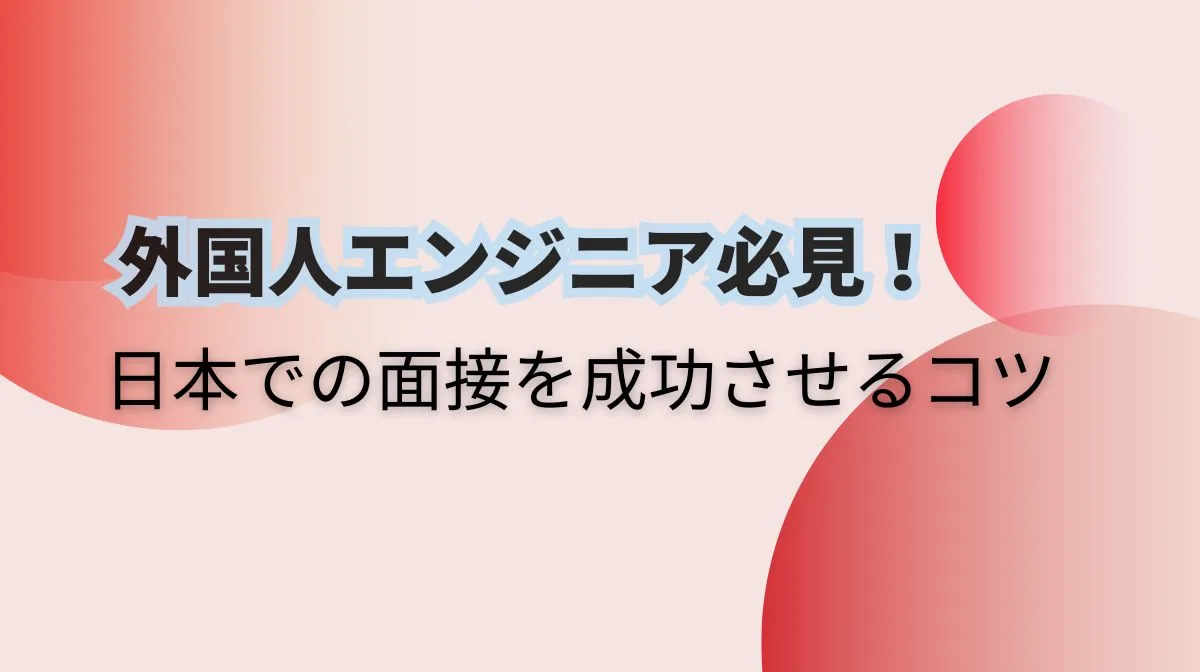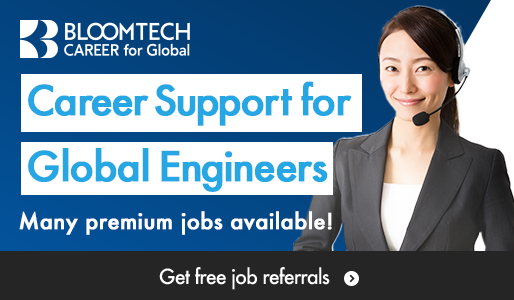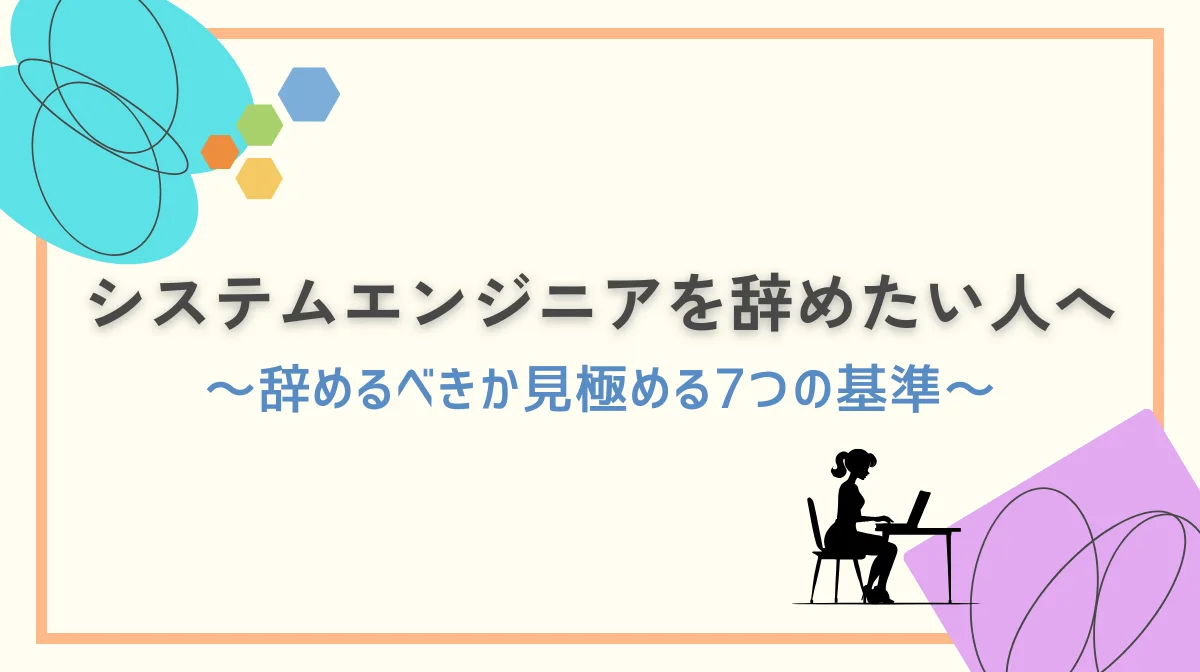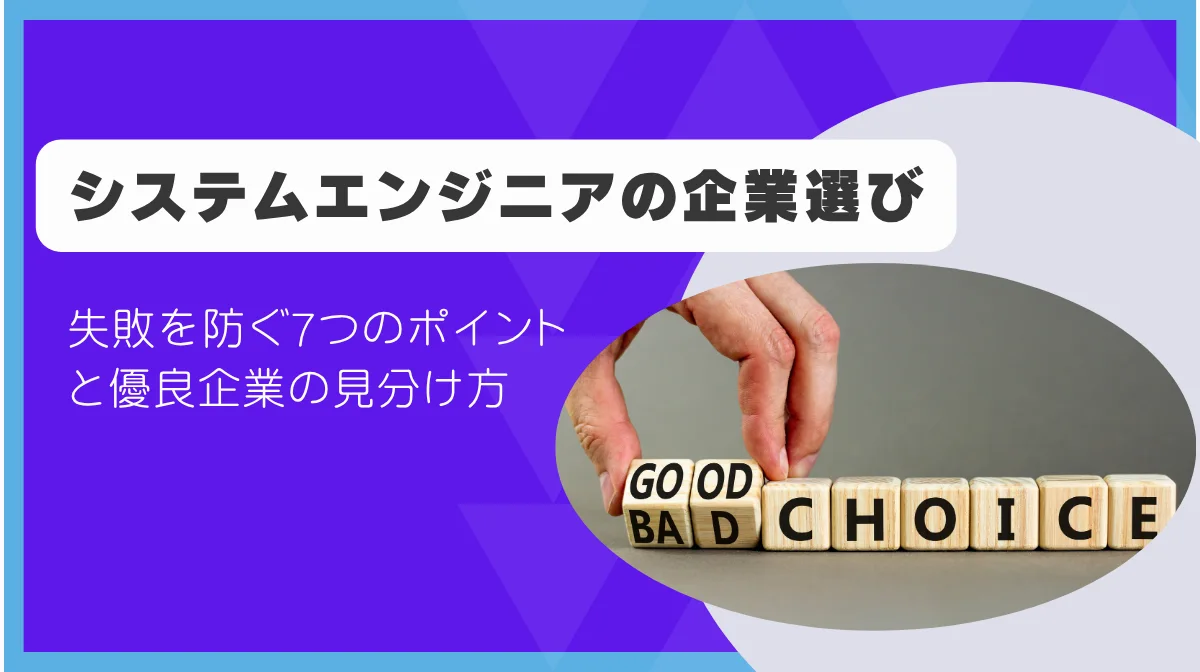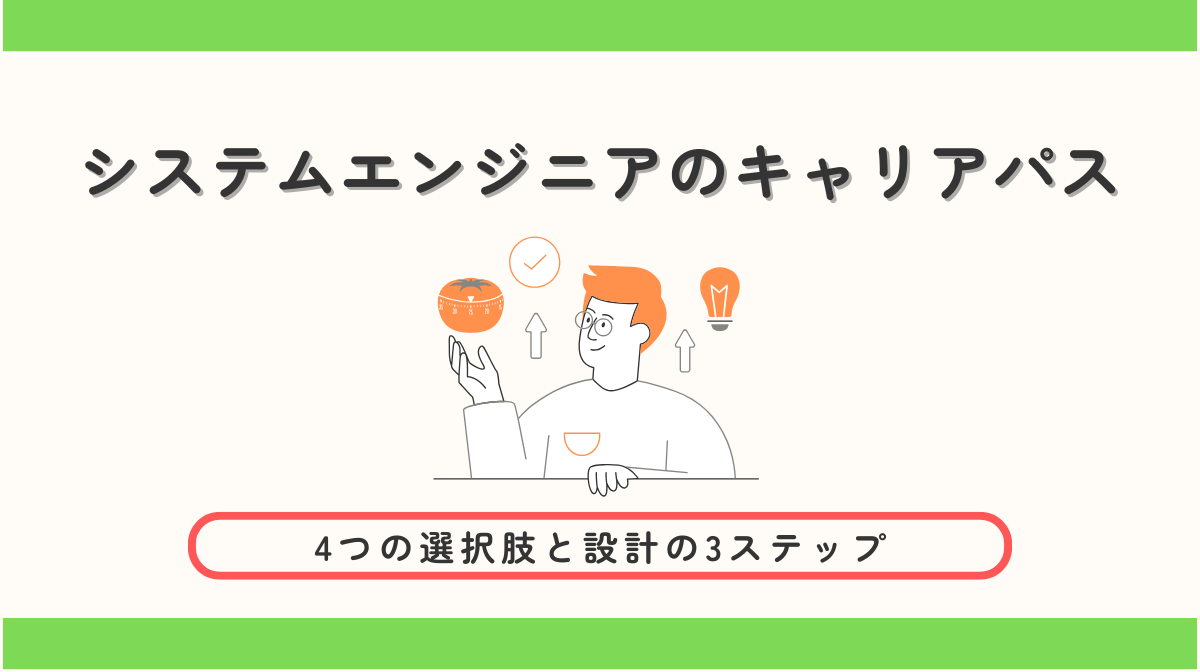Japan’s IT industry faces a projected shortage of 790,000 engineers by 2030, creating unprecedented opportunities for foreign infrastructure engineers.
While language barriers and cultural differences may seem challenging, they can become your greatest competitive advantages.
This guide reveals seven proven strategies to accelerate your career advancement for infrastructure engineers in Japan, with actionable steps to achieve salaries exceeding ¥10 million annually.
- How to turn language barriers into competitive advantages for career advancement for infrastructure engineers in Japan.
- Seven proven strategies to achieve ¥10+ million salaries and senior technical leadership positions.
- Immediate action steps to accelerate your infrastructure engineering career progression in Japan.
1.Understanding the Japanese Market for Infrastructure Engineers

High-Demand Technical Areas
Foreign engineers excel in domains where technical expertise matters more than language fluency. The most lucrative specializations include…
- Cloud platforms (AWS, Azure, GCP): ¥8-12M annually
- Container orchestration (Kubernetes, Docker): ¥9-13M annually
- Security engineering: ¥7.5-11M annually
- DevOps/SRE practices: ¥9-13M annually
These areas favor foreign engineers because they require English documentation, global best practices, and direct communication with international vendors. Your language skills become assets rather than barriers.
Strategic Company Selection
Foreign companies offer merit-based rapid promotion, English-first environments, and higher starting salaries typically ranging from ¥8-15 million.
They provide extensive global project exposure but may lack the systematic development programs found elsewhere.
Japanese companies excel at systematic skill development and offer long-term career stability with comprehensive benefits. They provide deeper technical foundation building but may have slower promotion cycles.
The optimal strategy often involves starting with Japanese companies to build solid foundations, then transitioning to foreign companies for accelerated growth and higher compensation.
■Related Reading
Before advancing your career, ensure you have the proper work authorization. This comprehensive guide covers all visa types and requirements for engineers working in Japan.
2.Navigating Japanese Corporate Culture
Navigating Japanese Corporate Culture
Show Measurable
Impact
Mentor & Share
Knowledge
Master “Ringi”
Proposals
Focus on
Business Value
Working Within Seniority Systems
Japanese companies increasingly value quantifiable technical contributions over pure seniority. Focus on demonstrating measurable impact through system uptime improvements, infrastructure cost reductions, and automation initiatives.
Knowledge sharing through internal technical presentations and comprehensive documentation also accelerates recognition.
Team contribution remains crucial. Mentoring junior engineers and leading cross-functional initiatives showcase leadership potential that transcends language barriers.
■Related Reading
Deepen your understanding of Japanese business practices to excel in your infrastructure engineering career and build stronger professional relationships.
Mastering the Proposal Process
Japanese decision-making follows the “ringi” consensus-building system.
Successful proposals require pre-consultation with key stakeholders, comprehensive risk analysis with multiple solution options, and pilot implementation strategies that minimize disruption.
Always articulate business impact with concrete numbers. Proposals that clearly demonstrate cost savings, efficiency gains, or risk reduction receive faster approval regardless of the proposer’s background.
■Related Reading
Understanding Japanese workplace culture is crucial for career success. Learn about the key differences between Japanese and global tech environments to better navigate your professional journey.
■日本でエンジニアとしてキャリアアップしたい方へ
海外エンジニア転職支援サービス『 Bloomtech Career 』にご相談ください。「英語OK」「ビザサポートあり」「高年収企業」など、外国人エンジニア向けの求人を多数掲載。専任のキャリアアドバイザーが、あなたのスキル・希望に合った最適な日本企業をご紹介します。
▼簡単・無料!30秒で登録完了!まずはお気軽にご連絡ください!
Bloomtech Careerに無料相談してみる
3.Seven Strategies to Transform Language Barriers into Career Advantages
Turn Language Barriers into Advantages
Lead English
Documentation
Be the Global
Project Bridge
Handle Int’l
Vendors
Access Global
Tech Info
Lead Diverse
Teams
Leverage Int’l
Certs
Mentor New
Foreign Hires
Strategy 1: Lead Technical Documentation in English
Many Japanese companies struggle with English technical documentation as they expand globally.
By taking ownership of translating critical system documents and establishing English-first documentation standards, you become indispensable for international expansion efforts.
This includes creating English versions of system architecture documents, operational procedures, and security protocols. Your contribution directly enables your company’s global growth, positioning you as a strategic asset.
Strategy 2: Become the Global Project Bridge
Position yourself as the primary liaison for international projects. Coordinate technical implementations between Japanese headquarters and overseas offices, manage 24/7 international support systems, and lead cross-cultural technical teams.
This role leverages your unique ability to understand both technical requirements and cultural nuances, creating a position that’s extremely difficult to replace.
Strategy 3: Handle International Vendor Relations
Take ownership of all communications with international software vendors. This includes technical support escalations, contract negotiations, licensing discussions, and implementation planning sessions.
Your native-level English communication saves companies significant time and money while ensuring nothing gets lost in translation during critical technical discussions.
Strategy 4: Access Cutting-Edge Technical Information
Monitor English-language technical communities, attend international conferences and webinars, and share global best practices internally. This positions you as the company’s window into emerging technologies and industry trends.
Since most cutting-edge infrastructure technologies originate in English-speaking regions, your direct access to source materials gives your company competitive advantages over rivals relying on translated or delayed information.
Strategy 5: Lead Diverse Technical Teams
Apply international management practices to lead multinational engineering teams. Implement agile methodologies, bridge cultural communication gaps, and establish inclusive development processes.
This experience fast-tracks you to management positions since few engineers possess both technical depth and cross-cultural leadership capabilities.
Strategy 6: Leverage International Certifications
Focus on high-impact certifications that provide objective validation of your technical skills.
- AWS Solutions Architect Professional
- Azure Solutions Architect Expert
- Kubernetes certifications (CKA, CKS)
- Google Cloud Professional Cloud Architect
Your comfort with English materials provides faster, deeper learning access than many Japanese counterparts experience, while these certifications demonstrate commitment to continuous learning.
Strategy 7: Mentor New Foreign Hires
As companies increasingly hire international talent, position yourself as the cultural bridge for new foreign engineers.
Guide their adaptation to Japanese business practices, lead diversity and inclusion initiatives, and help shape company hiring strategies.
This establishes you as an organizational leader beyond pure technical contributions, opening pathways to senior management roles.
4.Career Progression Roadmap
Career Progression Roadmap
Years 1-2
Build Foundation
Years 3-5
Technical Leadership
Years 5-8
Strategic Impact
Years 8+
Organizational Leadership
Years 1-2: Foundation Building
Focus on adapting to Japanese work culture while consistently showcasing technical skills. Master the ho-ren-so reporting system, contribute meaningful system improvements, and build trust through reliable delivery.
Your target outcome is establishing credibility and demonstrating that technical contributions outweigh any communication challenges.
Years 3-5: Technical Leadership
Lead major infrastructure projects, develop deep specialization in high-value areas, and begin mentoring junior staff.
Drive adoption of new technologies and establish yourself as the go-to expert for international technical initiatives. Target promotion to senior engineer or team lead positions with increased compensation.
Years 5-8: Strategic Impact
Choose between management and technical expert tracks.
Lead cross-functional initiatives that impact multiple teams, shape technical strategy decisions, and represent your company in external technical forums. Aim for manager or senior architect roles with salaries approaching ¥10 million annually.
Years 8+: Organizational Leadership
Drive company-wide technical transformation, influence C-level technology decisions, and represent your company as a thought leader in the broader industry.
Target director, VP Engineering, or CTO track positions with comprehensive leadership responsibilities.
■日本でエンジニアとしてキャリアアップしたい方へ
海外エンジニア転職支援サービス『 Bloomtech Career 』にご相談ください。「英語OK」「ビザサポートあり」「高年収企業」など、外国人エンジニア向けの求人を多数掲載。専任のキャリアアドバイザーが、あなたのスキル・希望に合った最適な日本企業をご紹介します。
▼簡単・無料!30秒で登録完了!まずはお気軽にご連絡ください!
Bloomtech Careerに無料相談してみる
5.Maximizing Your Earning Potential

High-Value Specializations
Focus your specialization efforts on areas where your international background provides clear advantages, such as multi-cloud architectures or global compliance frameworks.
Cloud architecture specialization commands the highest premiums, while security consulting and DevOps leadership offer similar earning potential.
Data platform engineering represents an emerging high-value area with compensation reaching ¥8.5-12.5 million for experienced practitioners who can bridge Japanese business requirements with global technology standards.
Effective Salary Negotiation
Time negotiations strategically around project successes, annual reviews, or major certification achievements. Approach discussions with market research data and quantified achievements rather than personal financial needs.
Use respectful language like “requesting appropriate evaluation considering market value” while providing concrete evidence of your contributions.
Foreign engineers can often command 20-30% salary premiums in roles requiring international coordination.
■Related Reading
Get detailed salary benchmarks and compensation data specific to infrastructure engineering roles in Japan to optimize your earning potential and negotiation strategy.
6.Implementation: Your Next Steps

Start This Week
- Set up regular one-on-one meetings with your manager
- Identify one system improvement you can propose
- Join relevant English-language technical communities
- Create a study plan for your first cloud certification
30-Day Goals
Begin translating one critical technical document and volunteer for international vendor communications.
Propose hosting an internal technical presentation to demonstrate your expertise and communication skills.
90-Day Targets
Aim to lead a small improvement project, mentor one junior team member, and achieve your first certification milestone.
Present quantified results to senior management, showcasing the business impact of your contributions.
■Related Reading
Master the Japanese interview process to accelerate your career advancement. This comprehensive guide covers everything foreign engineers need to know for successful job interviews.
7. Infrastructure Engineers in Japan: 7 Proven Strategies to Reach ¥10M+ Salaries

Career advancement for infrastructure engineers in Japan requires leveraging your unique position as a global technical professional.
Your international background isn’t a limitation—it’s your competitive advantage in an increasingly connected world.
Japanese companies desperately need engineers who can bridge technical excellence with global perspectives. By implementing these seven strategies systematically, you’ll transform traditional barriers into accelerators for career success, positioning yourself for senior technical leadership and compensation exceeding ¥10 million annually.
Start with one strategy this week. Your journey toward advanced career positions in Japan’s infrastructure engineering field begins with deliberate action today.

